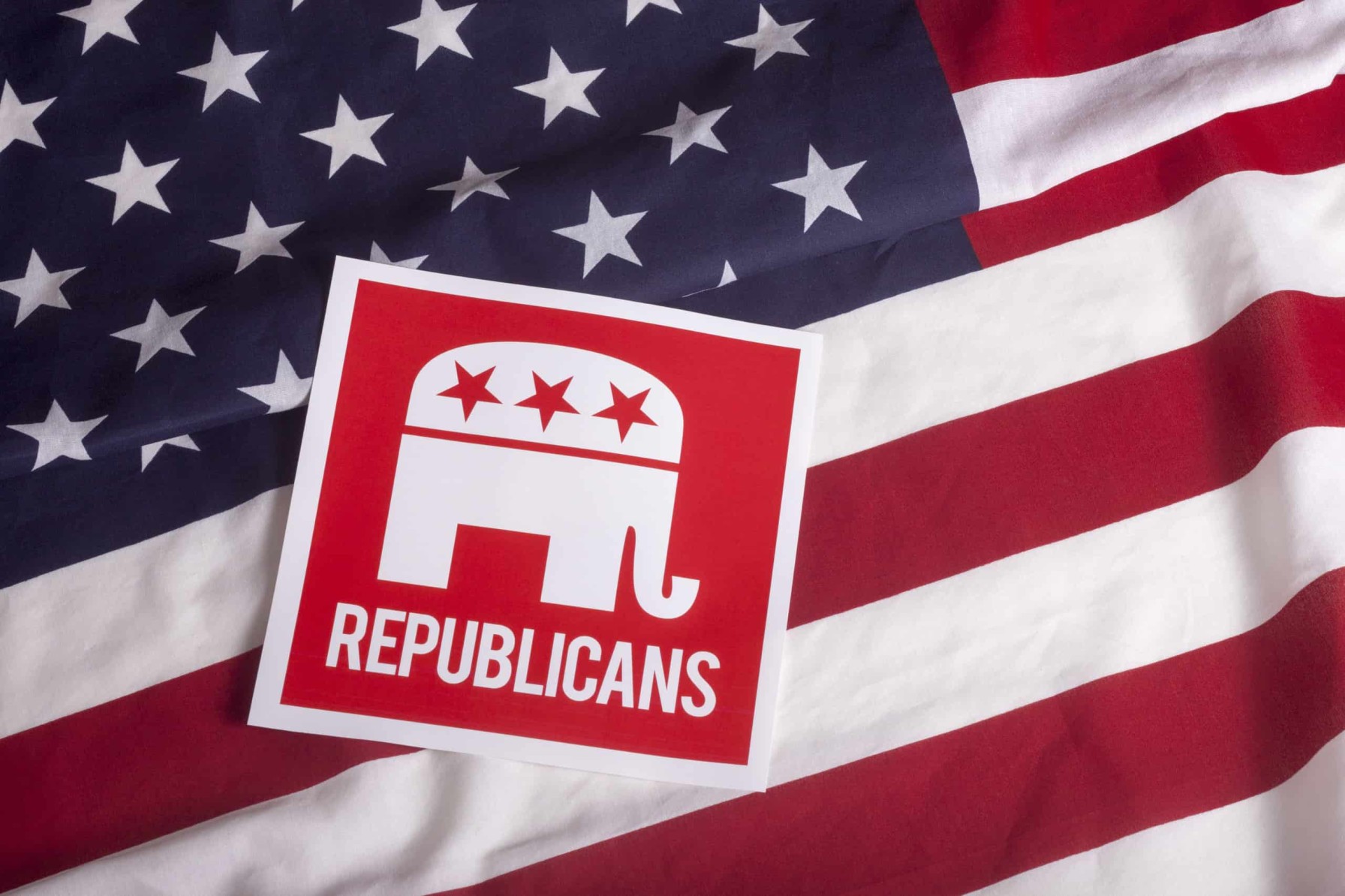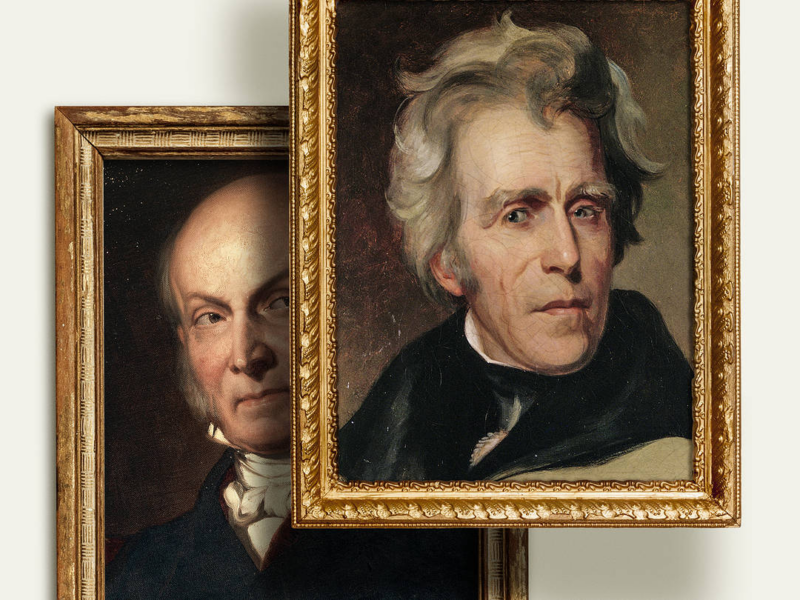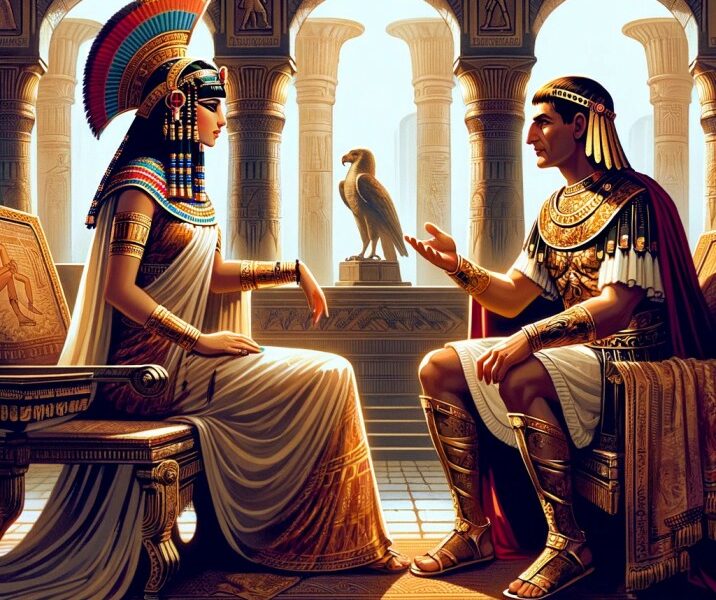The Republican Party’s logo, featuring an elephant, has an intriguing origin that dates back to the 19th century. This symbol has become synonymous with the party and its values, but how it came to be is a story that intertwines political history with the power of visual satire.
The Republican Party, founded in the mid-1850s, didn’t adopt its famous elephant logo immediately. The symbol was popularized by Thomas Nast, a political cartoonist known for his influential work in Harper’s Weekly. Nast, through his illustrations, played a pivotal role in shaping public perception of political figures and parties during his time.

The first significant appearance of the elephant as a representation of the Republican Party was in a Nast cartoon published on November 7, 1874. The cartoon, titled “The Third-Term Panic,” was a commentary on the speculated third-term candidacy of Ulysses S. Grant and the anxieties it stirred within the political landscape. In Nast’s depiction, the elephant, labeled “The Republican Vote,” is shown standing on the edge of a pit, teetering over the chaos of inflation and recklessness, represented by other animals and figures.
The Symbolism Behind the Elephant
Nast chose the elephant for several reasons. Elephants were seen as strong, dignified, and intelligent animals, qualities that the Republican Party would naturally want to be associated with. Additionally, the elephant’s size and strength made it an apt symbol for a party that was, at the time, becoming a dominant force in American politics.
The choice of an elephant also contrasted with the Democratic Party’s symbol, the donkey, which Nast also helped popularize in his cartoons. The donkey, first associated with Democrat Andrew Jackson in the 1828 presidential campaign, symbolized stubbornness and bravery. Nast’s cartoons often featured the elephant and donkey in political and satirical scenarios, cementing their associations with their respective parties.
The Evolution of the Elephant Logo
Over the years, the elephant has undergone various redesigns and interpretations but has remained the steadfast symbol of the Republican Party. It has been featured in countless political campaigns, merchandise, and promotional materials, evolving into a powerful brand identity for the GOP. The modern logo, often depicted in red, white, and blue, emphasizes patriotism and traditional American values.
Throughout its evolution, the elephant logo has remained a unifying symbol for the Republican Party, representing its values and history while adapting to the changing landscape of American politics. Each iteration of the logo serves as a visual marker of the party’s state at a given time, reflecting shifts in ideology, strategy, and public engagement. The ability of the elephant logo to evolve while maintaining its core symbolism is a testament to the enduring nature of political symbols and their power to convey complex ideas and identities.
The evolution of the elephant logo encapsulates the story of the Republican Party itself—its historical roots, its adaptability in the face of change, and its ongoing efforts to connect with the American electorate. As the party looks to the future, the elephant will undoubtedly continue to serve as a key emblem of its identity, evolving yet again to meet the challenges and opportunities of a new political era.
The Impact of Nast’s Symbolism
Thomas Nast’s contribution to American political culture cannot be overstated. His cartoons not only influenced the outcome of elections but also shaped the visual language of political discourse. The elephant, as a symbol of the Republican Party, is a testament to Nast’s legacy and the enduring power of political symbols. It represents not just the party’s strength and conservatism but also the role of art and satire in shaping political identity.
The Republican Party’s elephant logo is a fascinating example of how visual symbols can capture and convey political identities and values. Originating from the creative mind of Thomas Nast, the elephant has transcended its initial satirical context to become a revered emblem of one of the two major political parties in the United States. Its history reflects the dynamic interplay between politics and popular culture, illustrating how symbols can evolve to embody the spirit of their times.


